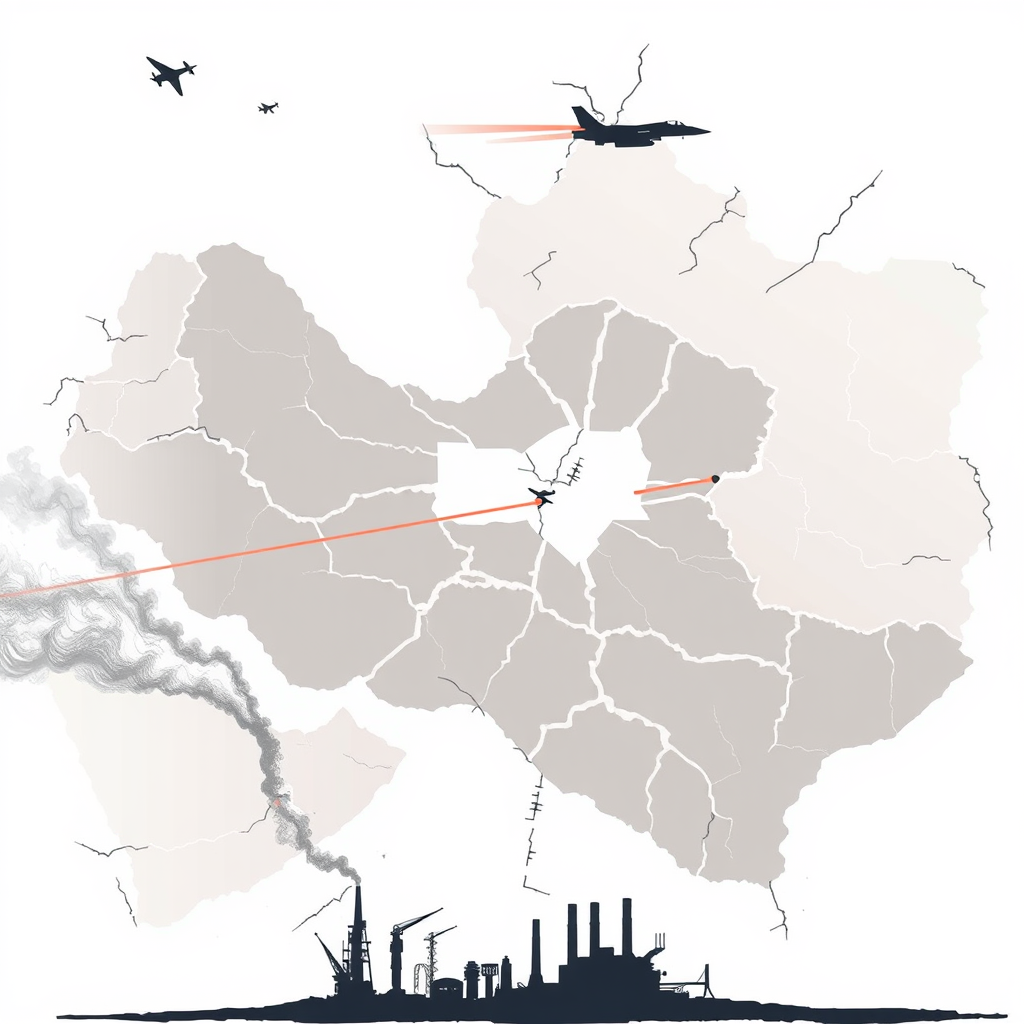Iran on Brink: Devastation Looms as Conflict Escalates

The situation in Iran is rapidly deteriorating following a sustained series of Israeli airstrikes targeting its nuclear and military infrastructure. Reports indicate significant damage to key facilities, including centrifuge plants, power facilities, and uranium production sites, potentially setting back Iran’s nuclear program by months, if not years. Experts suggest Israel has inflicted profound damage, eliminating key personnel within the program and crippling its air force and missile capabilities.
The strikes have prompted a volatile response, with Iran launching retaliatory missile attacks against Israel. Concerns are mounting about potential escalation, with experts warning of a wider conflict that could draw in the United States. The deployment of over 30 U.S. refueling aircraft and the expected arrival of the USS Nimitz signal a heightened U.S. military posture in the region.
Former officials, including General Frank McKenzie, confirm the existence of contingency plans for various scenarios, including potential U.S. involvement. However, a key concern revolves around Iran’s potential response to direct attacks on American personnel, which could trigger a full-scale war and potentially lead to regime change.
President Trump’s approach appears to be a combination of pressure and a willingness to consider all options, including regime change, a stance that has reportedly included internal debate regarding targeting Iran’s Supreme Leader. The potential fallout from such an action is significant, with experts warning of increased chaos and potential retaliation from within Iran and its regional proxies.
The situation is further complicated by the weakening of Iran’s regional allies, including Hezbollah and Hamas, diminishing its ability to project power and influence. While Iran retains some capacity through the Revolutionary Guard, its overall strategic position is increasingly precarious.
The potential for cyber warfare and attacks on critical infrastructure, including oil and gas facilities and the Strait of Hormuz, adds another layer of complexity. Disruptions to global energy supplies could have far-reaching economic consequences.
The current trajectory suggests a dangerous escalation with potentially catastrophic consequences. While diplomatic efforts are ongoing, the window for de-escalation appears to be narrowing. The focus now seems to be on containing the conflict and preventing a wider regional war, but the path forward remains uncertain and fraught with risk.
From my perspective, the situation is deeply concerning. The aggressive actions taken by both Israel and Iran are escalating tensions to a dangerous level. While Israel has legitimate security concerns regarding Iran’s nuclear program, the scale of the airstrikes risks provoking a wider conflict with devastating consequences. The potential for miscalculation and unintended escalation is high, and the involvement of the United States could further complicate matters. A renewed diplomatic effort, involving all key stakeholders, is urgently needed to de-escalate tensions and prevent a catastrophic outcome. Ignoring the potential for a wider regional war would be a grave mistake.